3 Reasons To Worry About Your Cookware
How Your Cookware Affects Your Overall Health
Overview
Do you have non-toxic cookware? Is your cookware safe? If you aren’t sure whether you have healthy cooking utensils, the chances are that it isn’t.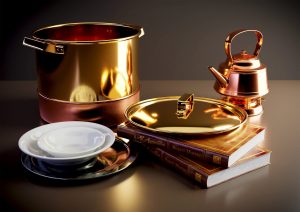
Non-Toxic Cookware Buying Guide
The most important thing to remember about non-toxic cookware is that you should always avoid products with coatings, like Teflon. Instead, choose non-toxic pots and pans that are bare stainless steel or cast iron or 100% Pure Ceramic.1 You can also purchase copper-based cooking utensil if you don’t mind the extra cost but even the copper-based cookware poses similar risks. Another critical thing to remember is never to use harsh metals like aluminum or copper on an open flame. If you cook outside, always choose a cast iron non-toxic cookware set. 100% Ceramic cookware is also great when used on an open flame.
Caring For Your Safe Cookware
Since you choose to use non-toxic utensils, you must care for them correctly. One of the most important things to remember is that your cookware will rust if you let water sit on it. For this reason, always allow your pieces to dry completely after washing them. It’s also a good idea to coat your pieces, especially cast-iron cookware, in cooking oil before storing them. This quick step will prevent them from rusting.
To ensure your cookware is clean of dangerous chemicals, you must also remember never to use steel wool or scouring pads. These products will leave behind tiny particles of metal that then end up in your food. As you can imagine, this is not a healthy practice. If you discover rust on your pots and pans, throw them out and replace them. The only exception is cast iron, which you can restore with a little extra care.
What Materials for Cooking are Toxic and Non-Toxic?
There are several types of cooking utensil materials that can prepare your food. The most common materials include stainless steel, aluminum, non-stick, and cast iron. However, remember even though these materials might not affect the taste of your food, they could still pose a significant risk to your health!
Stainless Steel Non-Toxic Pots and Pans
Stainless steel is an extremely popular type of cookware. Not only does stainless steel look amazing, but it is also solid and sturdy for cooking. It won’t chip or wear away quickly, making it a popular choice for rapidly paced commercial kitchens. However, the high levels of chromium found in stainless steel give it its shiny exterior. Unfortunately, this polished exterior is also toxic for contact with food.
Aluminum Safe Cookware
Another popular choice for cookware is aluminum pots and pans. The metal is exceptionally cheap to produce, so companies can sell the product at meager prices. Unfortunately, aluminum is a toxic metal that can be dangerous if it comes into contact with foods with high acidity levels.
The aluminum can seep into your food and potentially cause long-term health problems, such as brain damage. This includes foods such as tomato-based sauces and citrus fruits. Also, studies show that aluminum exposure might contribute to Alzheimer’s disease.2
Non-Stick Pots and Pans
Non-stick coatings have become increasingly popular over the past few decades. These coatings make it easier to cook food. Unfortunately, while these coatings may make life easier for you in some ways, they may also pose a significant risk to your health. Non-stick coatings are often made with polytetrafluoroethylene (PTFE).
The most common brand name is Teflon. At high temperatures, this chemical can cause toxic fumes. Studies show that when these pans are exposed to heat between 400 and 500 degrees, they release poisonous gases that are deadly to birds.3
Cast Iron Non-Toxic Cookware
Cast iron has a long history of safe use. When you think of a cast-iron pot, think of a Titanic movie scene where someone cleans the bottom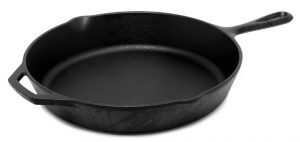
Unlike many other cookware materials, cast iron does not pose a risk to your health because it doesn’t contain any harmful chemicals. However, keep it well-oiled. This is the type of healthy cookware you should invest in to improve your health and well-being. However, a word of warning is that cast irons do contain heavy metals, and at extremely high temperatures, there is the possibility of the heavy metals leaching into your favorite food.
Cast iron isn’t rustproof and will need to maintain with regular olive oil applications. The pan is salvageable, but you’re putting yourself and your family at risk for tetanus if you don’t remove the rust first. Although it’s rare, tetanus can cause severe illness and even death.4
Copper: Non-Toxic Pots and Pans
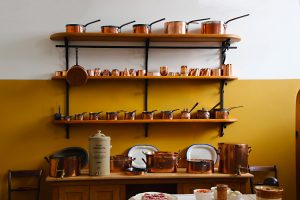
However, buyer beware—Not all copper pans are created equal. There are coated and uncoated options. You’ll also find pans with aluminum or even stainless-steel alloys. Check the ingredients to ensure you’re not exposing yourself to toxic chemicals. Additionally, the same warning regarding heavy metals leaching into your favorite food applies here also, and you should be very selective when considering copper-based cooking utensil.
100% Ceramic Non-Toxic Pots and Pans
Pure Ceramic cookware poses the least danger to your health can help improve your health because PFOA chemicals and heavy metals are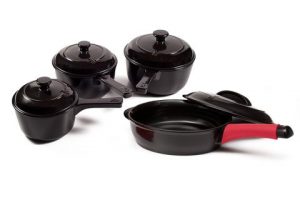
We use 100% Pure Ceramic Cookware in my household. The Xtrema® ceramic cookware we use in my home is different from the ceramic coated pots and pans you find in most stores. It is made from 100% pure ceramic, and Xtrema® is all-natural, non-toxic, inorganic, and nonreactive. From the glaze to the core, it contains no PFOA, PTFE, glues, polymers, coatings, or dyes that are common in modern cookware today. Most importantly, the Xtrema® cookware will never leach chemicals, heavy metals, and others such as cadmium, lead or change the taste of your food.
A truly Pure 100% Ceramic utensil is safe for use on stovetops, safe for use in ovens, on BBQ Grills, and even in microwaves (if you are one who still doesn’t know the dangers of microwave ovens).
Ideally, a 100% Pure Ceramic cooking utensil is the best option for improving your health.
<<<Read My Review of the Xtrema® Pure Ceramic Cookware>>>
Non-Toxic Cookware Can Improve Your Health
It isn’t easy to find the perfect cooking utensil for your kitchen. However, the most important thing to remember is that it should always be durable and non-toxic, and if you want to go even further, make sure the utensil is natural. This will ensure that your food tastes great while also being safe for human consumption.
Final Thoughts
When it comes to cookware, safety should be your number one priority. Choose materials that are non-toxic and durable. Cast iron is an excellent option because it doesn’t contain any harmful chemicals and is rust resistant. If you’re looking for a copper pot or pan, get one with a lining to prevent the copper from leaching into your food. Avoid aluminum pots and pans, as they can seep into your food and cause long-term health problems. Last, avoid non-stick coatings as they release poisonous gases when heated above 400 degrees Fahrenheit and opt for 100% Pure Ceramic utensils improved health. Use this 10% Off Coupon with code: savex10
References
- Carhart, R. (2021, January 8). The Best Non-Toxic Cookware for 2021, According to Reviews | Food & Wine. Food & Wine; Food & Wine. https://www.foodandwine.com/lifestyle/kitchen/best-non-toxic-cookware
- Is Copper Cookware Safe to Use? Best Guide For 2021. (2021, January 17). Kitchenairy Blog Site. https://kitchenairy.com/2021/01/17/is-copper-cookware-safe-to-use/
- Jung, A., & Waldbieser, J. (2021, May 25). 8 Safest Types of Cookware for 2021 — Cast Iron, Ceramic, Copper & More. Reader’s Digest; Reader's Digest. https://www.rd.com/list/safest-cookware/
- Praderio, C. (2016, April 29). Is Using Rusty Cookware Really That Big Of A Deal? | Prevention. Prevention; Prevention. https://www.prevention.com/food-nutrition/healthy-eating/a20457846/is-using-rusty-cookware-really-that-big-of-a-deal/
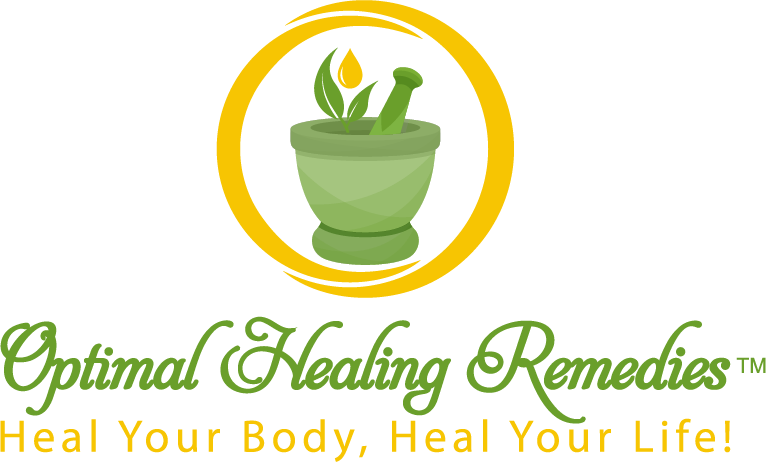
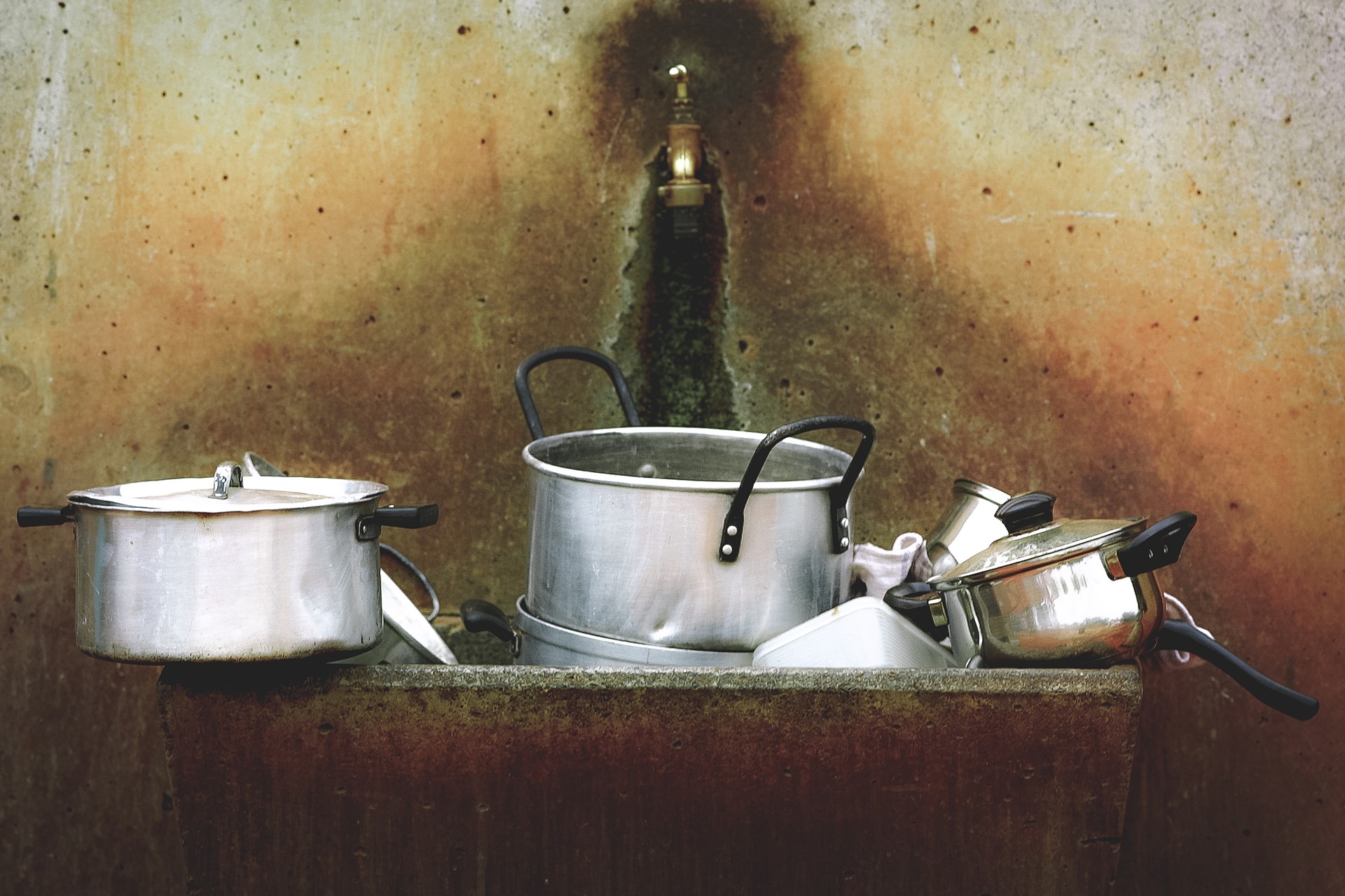
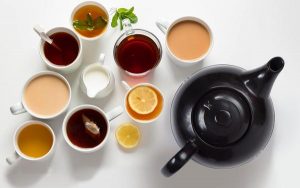

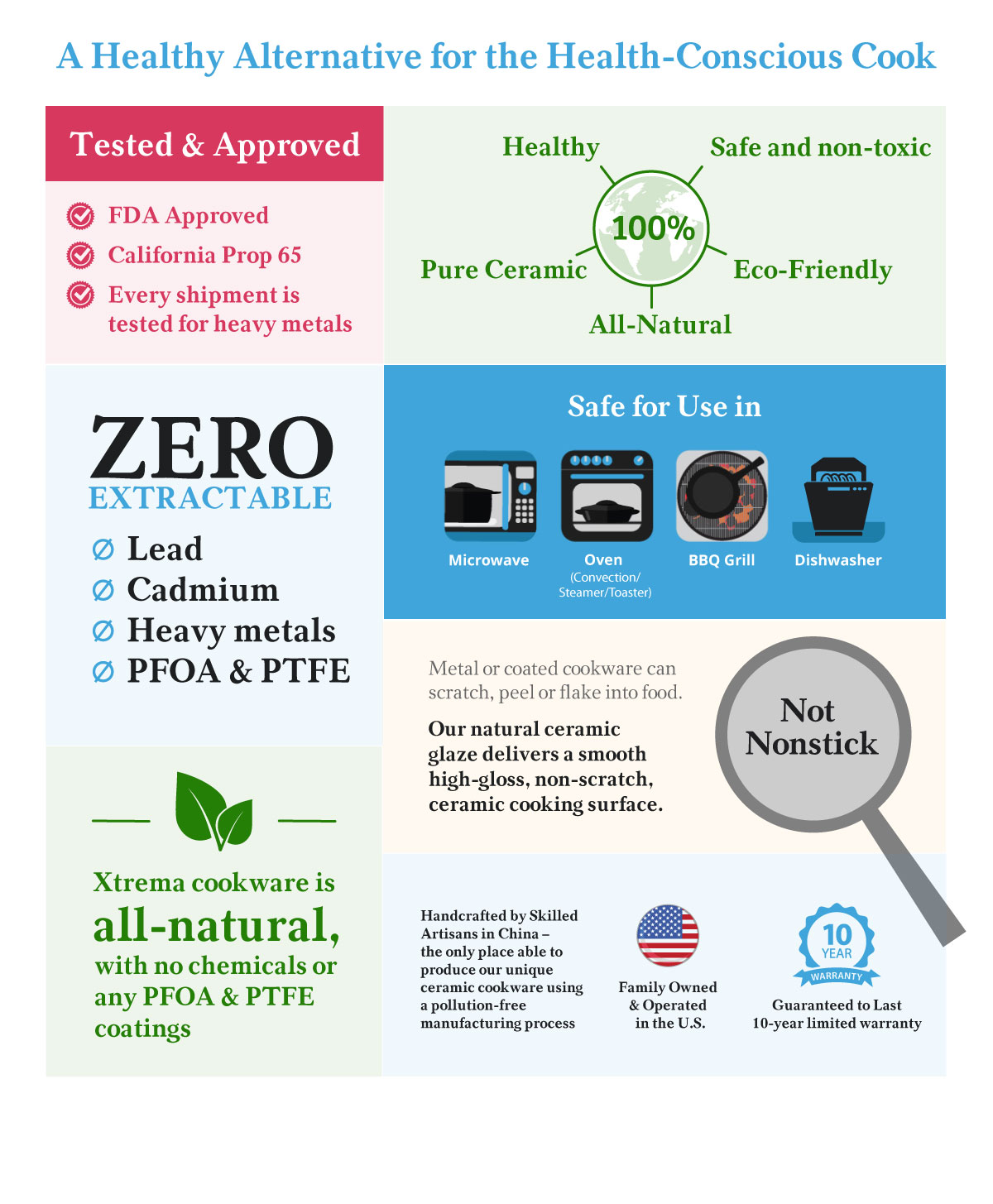
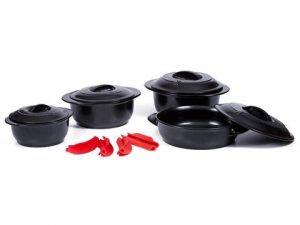


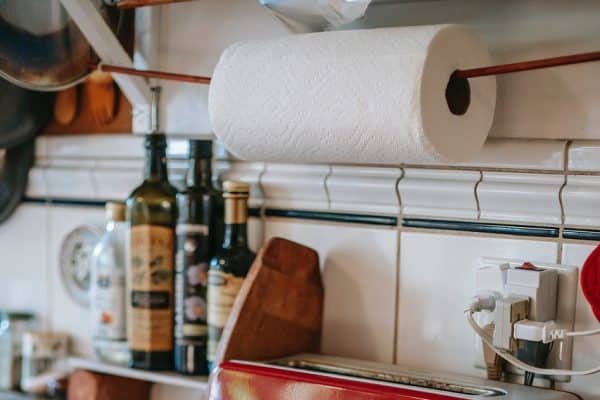
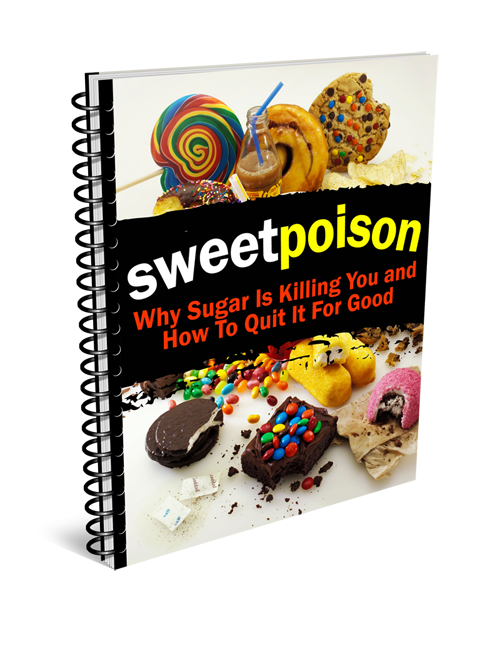
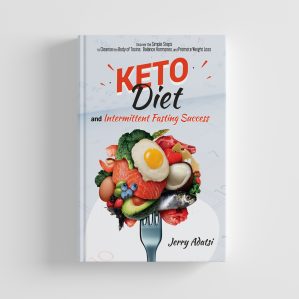
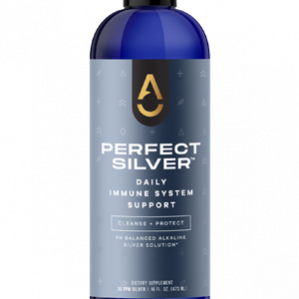
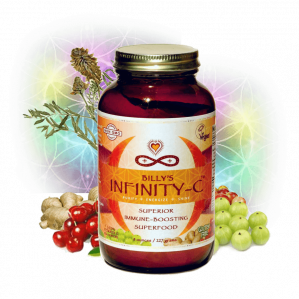
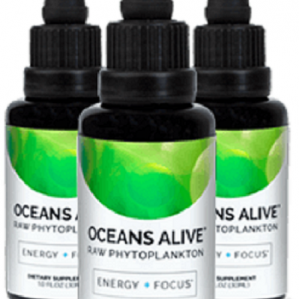
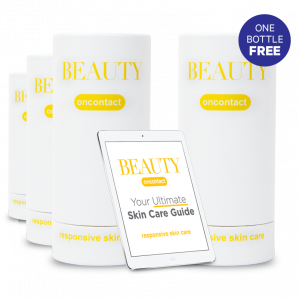


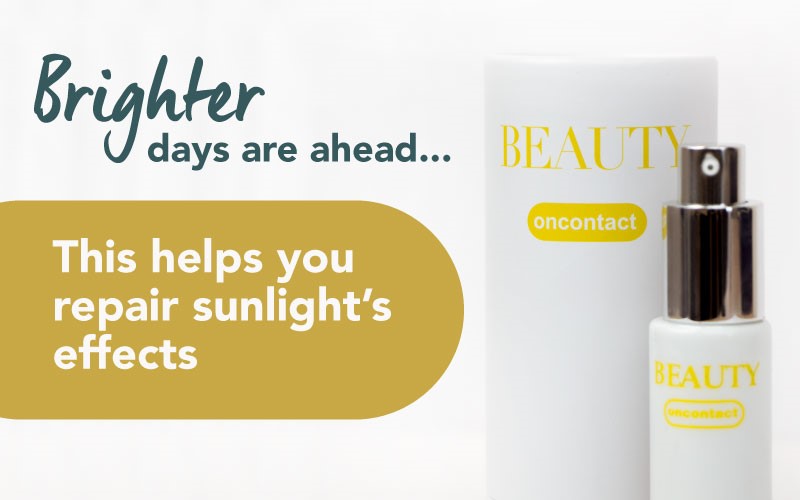
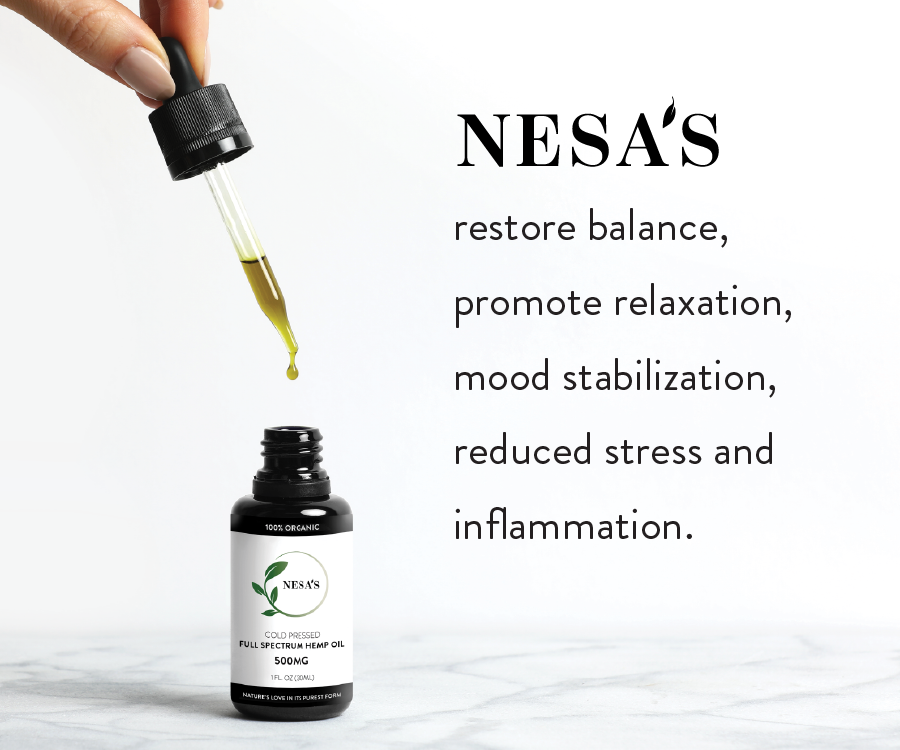
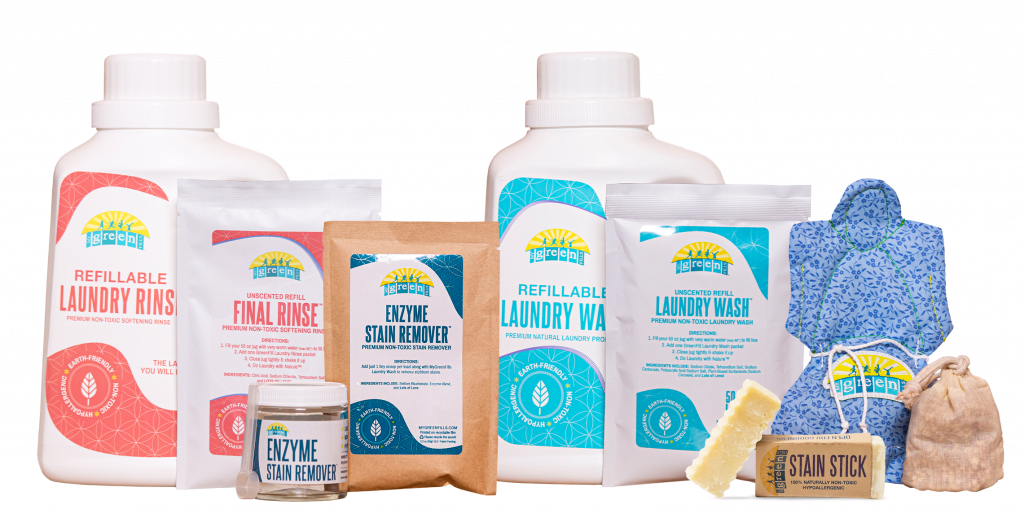
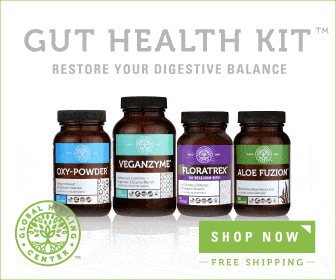

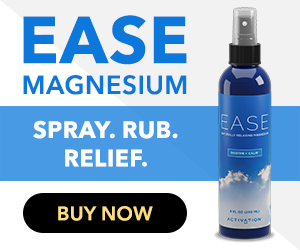


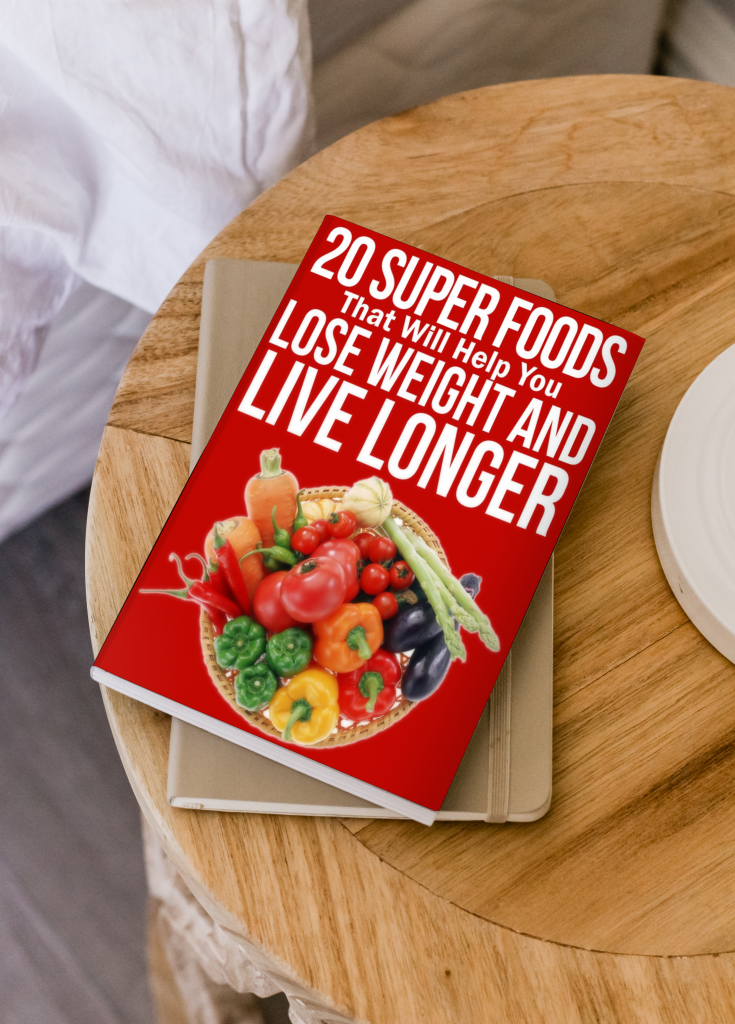
1 Comment
[…] They are used to make plastics more flexible and resilient. Phthalates can be found in a wide range of products, including food packaging, toys, medical devices, and even personal care products such as shampoos […]